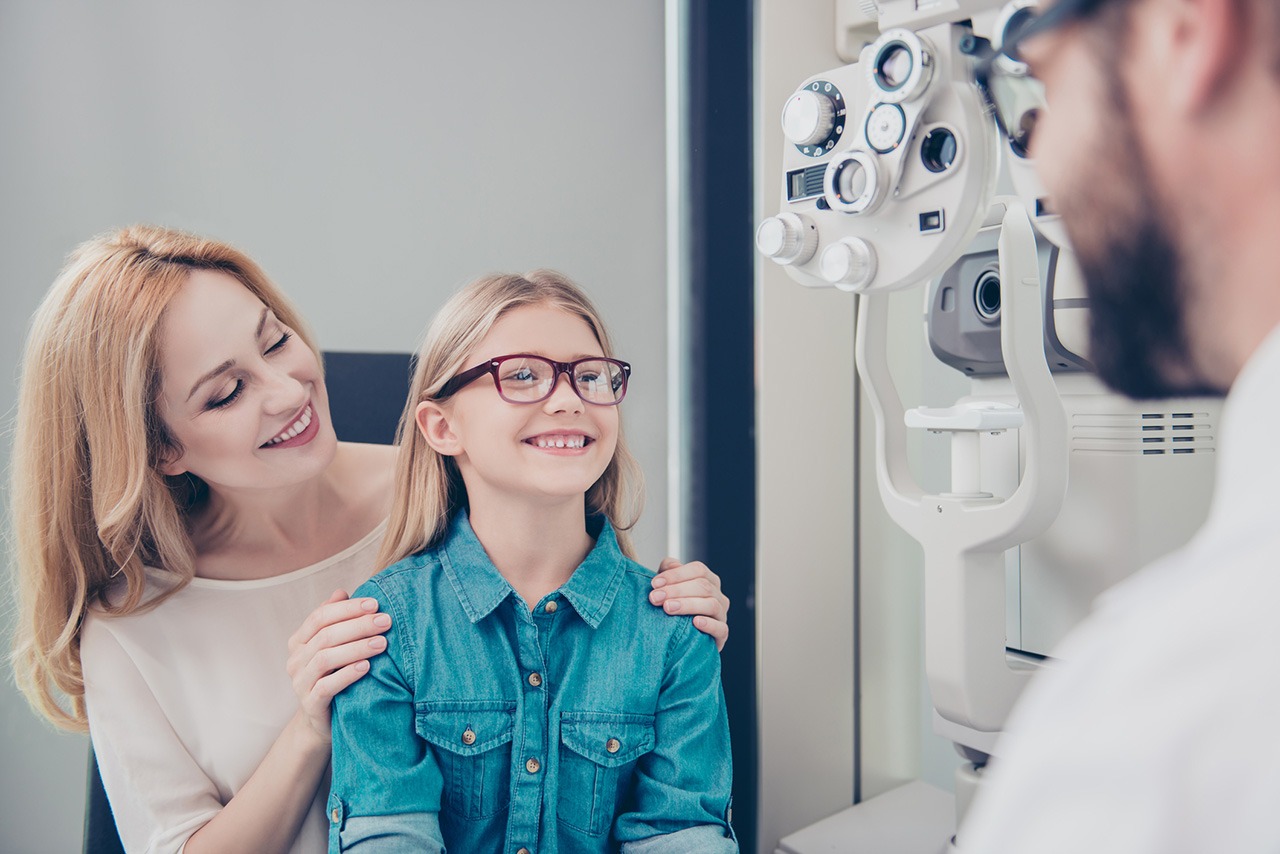Il mondo dell’occhio
Approfondimenti e curiosità per conoscere e avere cura della vista.
I professionisti della visione
Avete fatto degli esami clinici con uno specialista e valutato un difetto visivo? Oculisti, ortottisti, ottici-optometristi, …
Luce: fattore protezione
La luce è allo stesso tempo amica e nemica degli occhi. Godiamone nella maniera giusta per preservare il nostro patrimonio visivo...
La miopia nel mondo
Sulla Terra ci sono quasi 8 miliardi di abitanti e oltre 2 miliardi di loro soffrono di miopia, cioè non vedono bene gli oggetti lontani...
Lavare mani e occhiali
Lavarsi le mani spesso e bene è un’abitudine importante, lo sanno anche i più piccoli...




